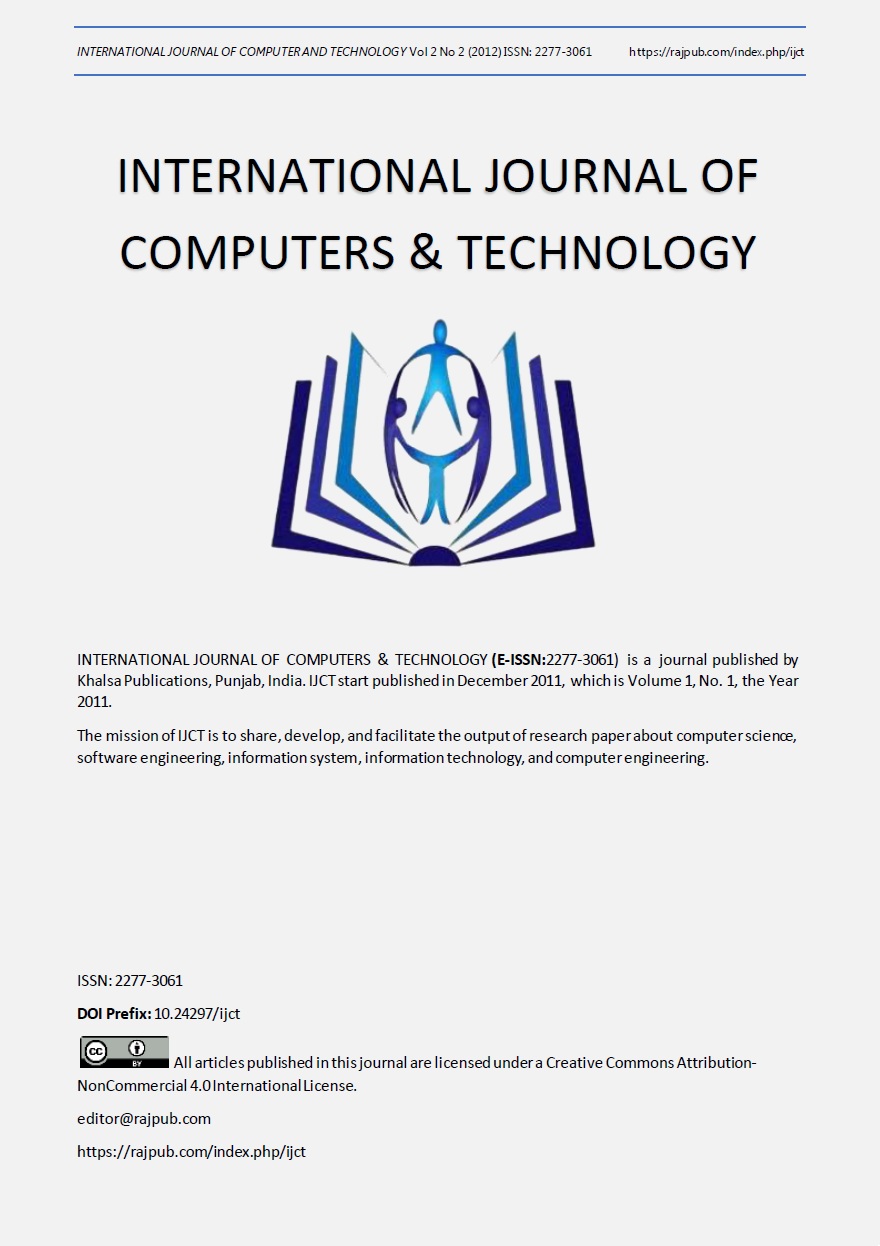Goal Programming Approach to Chance Constrained Multi-Objective Linear Fractional Programming Problem Based on Taylor'S Series Approximation
DOI:
https://doi.org/10.24297/ijct.v2i2a.6784Abstract
This paper deals with goal programming approach to chance constrained multi-objective linear fractional programming problem based on Taylor's series approximation. We consider the constraints with right hand parameters as the random variables of known mean and variance. The random variables are transformed into standard normal variables with zero mean and unit variance. We convert the chance constraints with known confidence level into equivalent deterministic constraints. The goals of linear fractional objective functions are determined by optimizing it subject to the equivalent deterministic system constraints. Then the fractional objective functions are transformed into equivalent linear functions at the optimal solution point by using first order Taylor polynomial series. In the solution process, we use three minsum goal programming models and identify the most compromise optimal solution by using Euclidean distance function.









